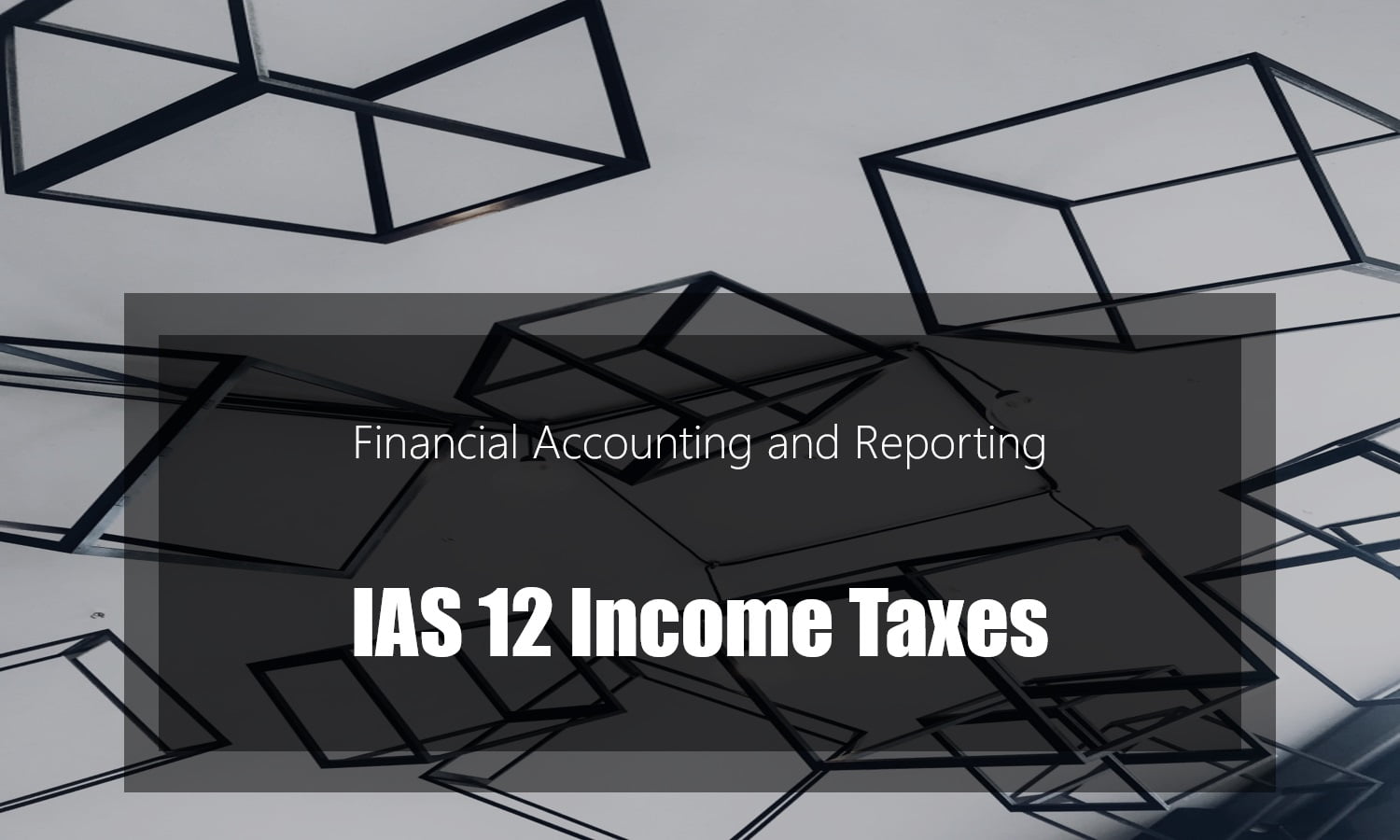IAS Standards
IAS 2 Inventories
IAS 7 Statements of cash flows
IAS 7 Statement of cash flows – Revisited
IAS 8 Accounting policies, changes in accounting estimates, and errors
IAS 10 Events after the reporting period
IAS 16 Property, plant and equipment
IAS 20 Accounting for government grants and disclosure of government assistance
IAS 21 The effects of changes in foreign exchange rates
IAS 24 Related party disclosures
IAS 27 Consolidated and separate financial statements
IAS 28 Investments in associates and joint ventures
IAS 32 Financial instruments: presentation
IAS 33 Earnings per share – Revisited
IAS 37 Provisions, contingent liabilities and contingent assets
IFRS Standards
IFRS 5 Non-current assets held for sale and discontinued operations
IFRS 7 Financial instruments: disclosures
IFRS 10 Consolidated financial statements
IFRS 12 Disclosure of interests in other entities
IFRS 13 Fair value measurement
IFRS 15 Revenues from contracts with customers
IAS 17 VS IFRS 16 Lease – Differences
IAS 12 Income Taxes Overview
IAS 12 full text prescribes the accounting treatment for income taxes. Which recognizes both the current tax and the future tax (Deferred Tax) consequences of the future recovery or settlement of the carrying amount of an entity’s assets and liabilities.
Understanding IAS 12 Income Taxes
By looking at Statement of Comprehensive Income;

Tax Expense
=
+
Its the Income taxes Payable (i.e. payable for the current period) in respect of the taxable profit/loss to the tax authorities.
The income taxes that would be payable (i.e. in future period) in respect of the taxable profit/loss to the tax authorities.
Current Tax
Calculation and Accounting for Current Tax

- Accounting for current tax is simple forward calculation.
- Tax is paid on Taxable profit/ Income.
- When the financial statements are prepared, the tax charge on accounting profits for the year is likely to be an estimate, which is therefore not the amount of tax that will eventually be payable. The actual tax charge ( based on Taxable Profit ), agreed with the tax authorities is likely to be different.
-
- Accounting Profit is the profit/loss for a period before deducting tax expense. A series of adjustments is made against a company’s accounting profit to arrive at its Taxable profit, adjustments involve:
-
-
- Adding back inadmissible deductions.
- Deducting admissible deductions.
-
- Then, current tax is calculated by applying a Tax rate provided by tax authorities on taxable profit/income.
- Current tax is an Expense (a Debit) in statement of profit/loss, with the other side a tax payable (a Credit, under current liabilities) in statement of Financial Position.
The following section explains IAS 12 deferred tax examples with other IAS 12 disclosure requirements.
IAS 12 Deferred Tax
Calculation and Accounting for Deferred Tax

IAS 12 deferred tax
Accounting for deferred tax is based on the principle that tax consequence of an item should be recognized in the same period as the item is recognized i.e. matching concept.
Accounting for deferred tax is based on the identification of Temporary differences, which is the difference between carrying amount of an asset or liability in statement of financial position and its Tax Base.
The tax base of an asset or liability is the amount attributed to that asset or liability for tax purposes in accordance with tax authorities.
Charge to P/L
- Tax base is the total amount of expense that will be allowed as expense in future.
- For example PPE will be charge in profit/loss as expense over the period.
Convertible into Cash/other asset
- The amount that would be received in future but not taxable by tax authorities.
- For example for Receivables; are taxed on received basis. So the tax base is Zero (nil) for today, as there would be ‘zero amount’ to be received in future but not taxable.
Charge to P/L
- The tax base is its carrying amount less the amount on which no tax will be imposed in future.
- For example Revenue received in advance.
Other Liability
- The tax base is its carrying amount less the amount that will be allowed as Expense in future.
- Payment to Account payable.
Differences

Temporary Differences
Taxable Temporary Differences
- The difference which results in taxable amounts in determining taxable profit/loss of future periods.
- They caused by Debit balance in carrying amount of asset/liability as compared to tax base.
- They lead to deferred tax liabilities.
Deduct able Temporary Differences
- The differences which results in deductible amounts in determining taxable profit/loss of future periods.
- They are caused by a Credit balance in carrying amount of asset/liability in financial statement compared to tax base.
- They lead to deferred tax assets.
- Permanent differences arise from items of income and expenditures;
-
- that have been included in the calculation of accounting profit But will NEVER be included in calculation of taxable profit. So NO deferred tax should be recognized.
Deferred Tax Recognition and Measurement rules

Deferred tax is recognized as either;
Deferred Tax Liability
- These are the amounts of income taxes payable in future periods.
- It must be recognized for ALL taxable temporary difference, except;
Deferred Tax Asset
- These are the amounts of income taxes recoverable in future periods in respect of all deduct able temporary differences:
-
- A deferred tax asset must be recognized for carry forward unused tax losses and credits.
Double Entry for Deferred Tax:
Deferred Tax Expense/Credit
Charged to Profit and Loss.
Deferred Tax Liability/Asset
Charged as Balance sheet item.
IAS 12 pdf
The above IAS 12 summary is the most simplified version. Moreover, Click here to Download IAS 12 income taxes pdf

Leave a Reply
You must be logged in to post a comment.